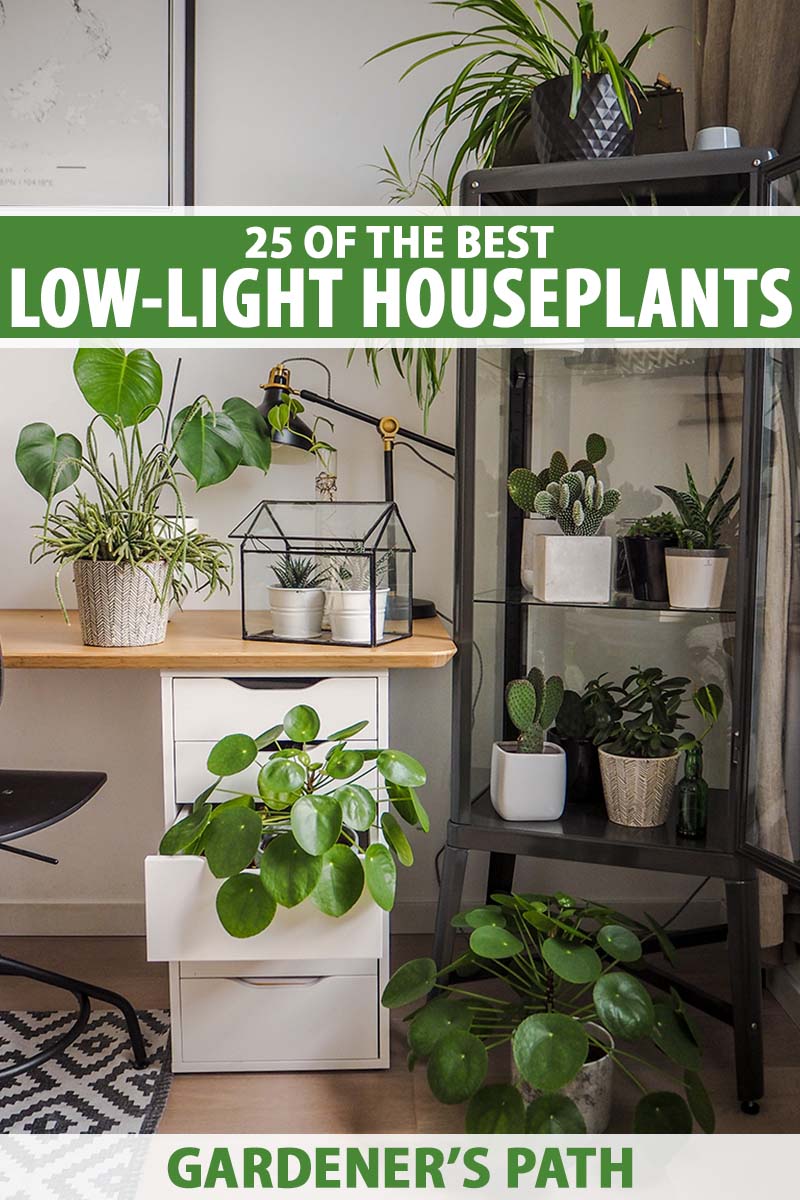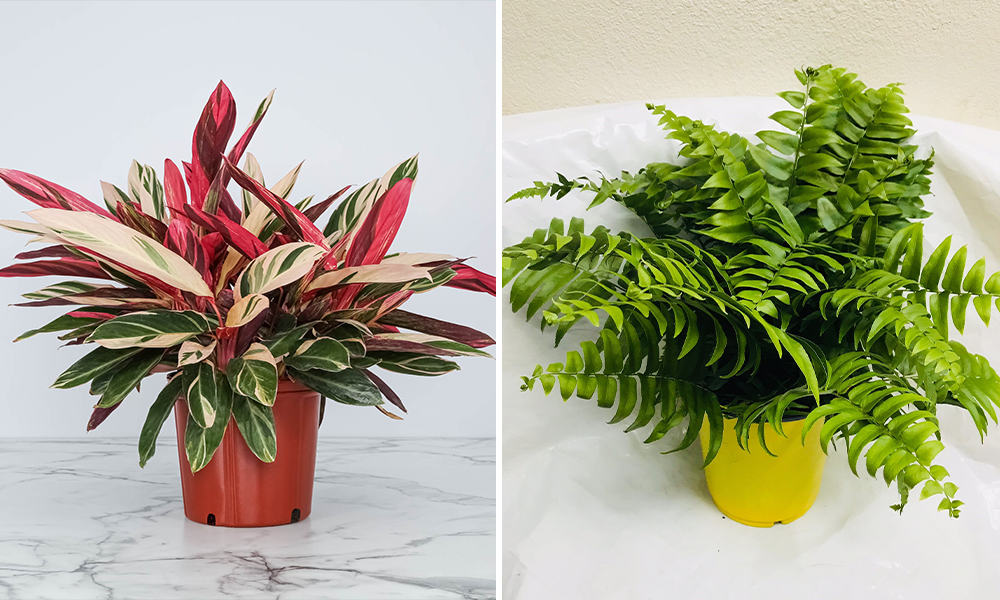Top 10 Best Low-Light Indoor Plants for Dark Rooms and Apartments
Top 10 Best Low-Light Indoor Plants for Dark Rooms and Apartments
Blog Article
Transform Your Home With Beautiful Low-Light Indoor Plants and Their Advantages
Incorporating low-light indoor plants right into your home can substantially enhance both the environmental and aesthetic top quality of your home. These plants, which prosper in dark problems, serve not only as ornamental components however additionally as all-natural air purifiers, making them ideal for metropolitan occupants or those with restricted sunlight direct exposure. As we check out the numerous sorts of low-light plants and their advantages, you may find unusual methods to incorporate them into your home that can transform your surroundings in means you could not have expected.
Advantages of Low-Light Plants
Low-light plants offer numerous advantages for indoor settings, making them an excellent choice for both amateur and experienced garden enthusiasts. One of the key advantages is their flexibility to low-light problems, allowing individuals to boost their space without the demand for comprehensive sunshine direct exposure. This characteristic makes them optimal for apartments, offices, and other locations with limited natural light.

Moreover, integrating low-light plants right into home decoration can raise the visual appeal of a space. Their lush foliage and differed appearances create a calming atmosphere, adding to general wellness. The visibility of greenery has been connected to reduced anxiety levels and enhanced efficiency, making low-light plants a useful selection for boosting both mental and physical health and wellness in indoor settings.
Leading Low-Light Indoor Plants
While several interior plants flourish in bright light, a number of varieties are particularly well-suited for low-light problems, making them suitable for different indoor rooms. One preferred choice is the Snake Plant (Sansevieria), known for its striking upright leaves and resilience, requiring marginal care. Another exceptional alternative is the Pothos (Epipremnum aureum), which includes heart-shaped fallen leaves and can track perfectly from shelves or hangers, flourishing in low light and including a lavish touch.
The ZZ Plant (Zamioculcas zamiifolia) is celebrated for its shiny leaves and capacity to stand up to neglect, making it ideal for active lifestyles. The Peace Lily (Spathiphyllum) not just endures low light yet additionally creates stunning white blossoms, boosting any kind of space's visual.
For an unique touch, take into consideration the Cast Iron Plant (Aspidistra elatior), which undoubtedly meets its name, growing in the darkest edges of your home. Last but not least, the Chinese Evergreen (Aglaonema) offers a range of fallen leave patterns and colors while being remarkably forgiving in low-light conditions. These plants not just improve interior settings yet additionally contribute to air purification, boosting your home.
Care Tips for Low-Light Plants

Watering methods are critical; these plants typically choose slightly dry conditions. Overwatering can lead to root rot, so guarantee that the top inch of dirt is completely dry before sprinkling once more. Use pots with drainage openings to permit excess moisture to run recommended you read away.
Humidity is one more essential element. Numerous low-light plants, such as brushes and peace lilies, gain from greater moisture levels. To increase moisture, think about misting the fallen leaves or placing a tray of water near the plants.
Fertilization ought to be approached with care. Throughout the expanding season, utilize a weakened, well balanced liquid plant food every month to support growth, yet prevent feeding throughout the inactive winter season months.

Innovative Ways to Present Plants
Indoor plants can act as captivating focal factors in any area, enhancing both aesthetic charm and ambiance. Imaginative display screens can elevate the aesthetic effect of low-light plants, making them an essential part of your home decoration. One reliable method is to utilize tiered plant stands, which allow you to display multiple plants at differing elevations while maximizing flooring space.
Hanging planters are one more cutting-edge option, creating a sense of depth and attracting the eye up. Think about macramé wall mounts or wall-mounted shelves to introduce a special appearance and style.
For an extra organized approach, use geometric terrariums or glass containers to house your plants, including a contemporary touch to your interior yard. You can additionally repurpose classic items, such as teacups or wooden crates, for an eclectic display screen that reflects your personality.
Enhancing Home Setting With Plants
Integrating low-light plants into your home not only improves visual charm but also contributes dramatically to the general atmosphere. These plants function as natural decor aspects, presenting a feeling of tranquility that can change any space. The presence of plant promotes a soothing environment, which is especially advantageous in high-stress settings such as home workplaces or living areas.
Low-light plants, such as serpent plants, pothos, and ZZ plants, are not only cosmetically pleasing but additionally improve interior air top quality by filtering toxins. This dual function improves the atmosphere even more, producing a healthier home (Best low-light indoor plants). The calculated positioning of these plants can also affect the assumption of area; for instance, high plants can draw the eye upwards, making ceilings show up higher and areas a lot more large
Furthermore, differing appearances and colors of foliage include deepness to indoor design, permitting imaginative expression in home styling. Whether put on shelves, in edges, or as centerpieces, low-light plants can boost the state of mind of any kind of space. In recap, including these plants right into your home is an effective way to promote a cozy, inviting atmosphere while profiting of enhanced air quality and aesthetic flexibility.
Conclusion
Including low-light interior plants into home atmospheres supplies various benefits, including improved aesthetic charm and improved air quality. These durable plants, such as the Serpent Plant and Peace Lily, need very little light and maintenance, making them appropriate for varied way of livings.
While lots of indoor plants grow in bright light, a number of varieties are especially appropriate for low-light problems, making them perfect for numerous interior spaces. One effective technique is to use tiered plant stands, which enable you to display multiple plants at varying elevations while making best use of flooring space.
Low-light plants, such as serpent plants, pothos, and ZZ plants, are not only aesthetically pleasing yet also boost indoor Continue air top quality by filtering system pollutants. Best low-light indoor plants. The calculated positioning of these plants can also basics influence the understanding of space; for circumstances, tall plants can attract the eye upward, making ceilings show up higher and spaces more roomy
These resilient plants, such as the Serpent Plant and Tranquility Lily, require minimal light and upkeep, making them suitable for diverse lifestyles.
Report this page